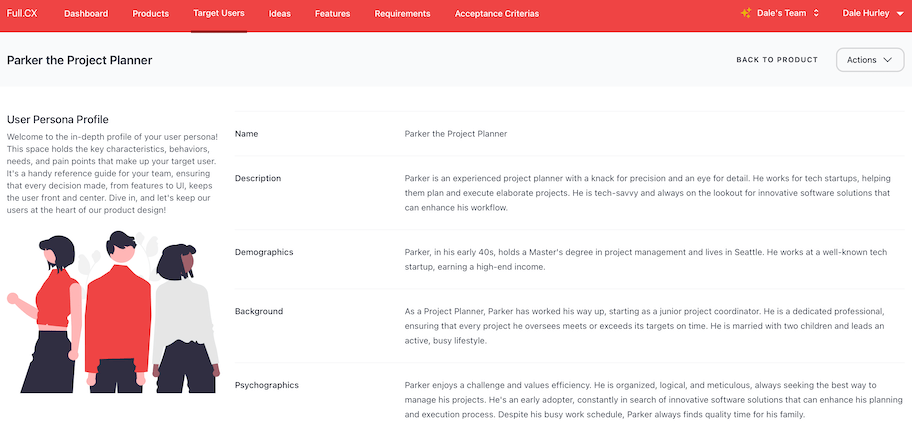In the landscape of software development, the product backlog stands as a cornerstone, guiding teams through the tumultuous journey of creating something valuable. The backlog, unlike the rigid requirements of yesteryears, is a living, breathing entity, constantly evolving to meet the shifting demands of business, technology, and user needs.
The inception of any backlog begins with an idea—a vision of a product that aims to solve a problem or capitalize on an opportunity. As this idea takes shape, it becomes a collection of features, bug fixes, tasks, and technical work known as the product backlog. But this is no static list; it is a prioritized set of cues that continuously gets refined and reprioritized as teams learn more about the problem they're trying to solve, the market they're catering to, and the technologies at their disposal.
The evolution of a product backlog is a tale of adaptation. Each sprint, user feedback, and market analysis acts as a natural selection process, shaping the future direction of the product. The once high-priority feature might fall to the wayside as users highlight a different pressing need, or a new technology emerges that renders previous plans obsolete. Agile teams understand this; they embrace this dynamic nature, knowing that flexibility is key to delivering products that truly resonate with end-users.
One crucial aspect of an evolving backlog is the role of the product owner. This individual is not just a gatekeeper but rather a curator, carefully sifting through feedback, ideas, and data to identify what holds the most value for the product's journey. The product owner's responsibility is to ensure that the backlog's evolution aligns with the overarching product strategy, but also to be open to changes that may redefine that very strategy.
As the development progresses, the backlog becomes a richer tale of the product's history and future. It reflects the lessons learned from past sprints—what worked, what failed, and what was discovered. Items in the backlog are continuously broken down into smaller, more manageable pieces, making them more understandable and achievable for the team. This act of decomposition helps to minimize risks and creates a clear path for progression.
Furthermore, a well-maintained backlog is a linchpin for transparency within the team and with stakeholders. Regularly revisiting and refining the backlog ensures that everyone has a clear understanding of the current priorities and the rationale behind them. It fosters a sense of ownership and accountability, as everyone can see their role in bringing the product closer to fruition.
The process of managing a product backlog also embraces techniques like story mapping and user story refinement, which help maintain a user-centric approach. By visualizing the user's journey and refining stories to reflect actual user experiences, backlog items become more than tasks; they transform into stepping stones towards creating a truly engaging and valuable product.
As the product nears completion, the backlog's evolution starts to slow; the focus shifts from wide-ranging exploration to optimization and refinement. Now the goal is to polish, perfect, and prepare the product for launch, but even at this stage, the backlog may surprise you. Last-minute insights can still lead to significant pivots or enhancements that substantially improve the final offering.
In the life cycle of a product, the backlog is the narrative thread that weaves together the complexities of development. It tells a developmental story where the ending is often unknown, the plot filled with twists and surprises, and the characters (team members and stakeholders) must be ready to adapt their roles as the story unfolds.
Remember, a product backlog is never truly complete, for a product is always growing, always improving. Successful teams know that the future of their product lies in their ability to listen, learn, and let the backlog evolve. Thus, in the art of building great products, the product backlog is both the canvas and the ever-changing painting—a testament to the journey of creation, learning, and adaptation.
Empowering Your Product
Team for Success.
Start using Full.CX today.
Smart tools to streamline your transition from concept to concrete specifications.

